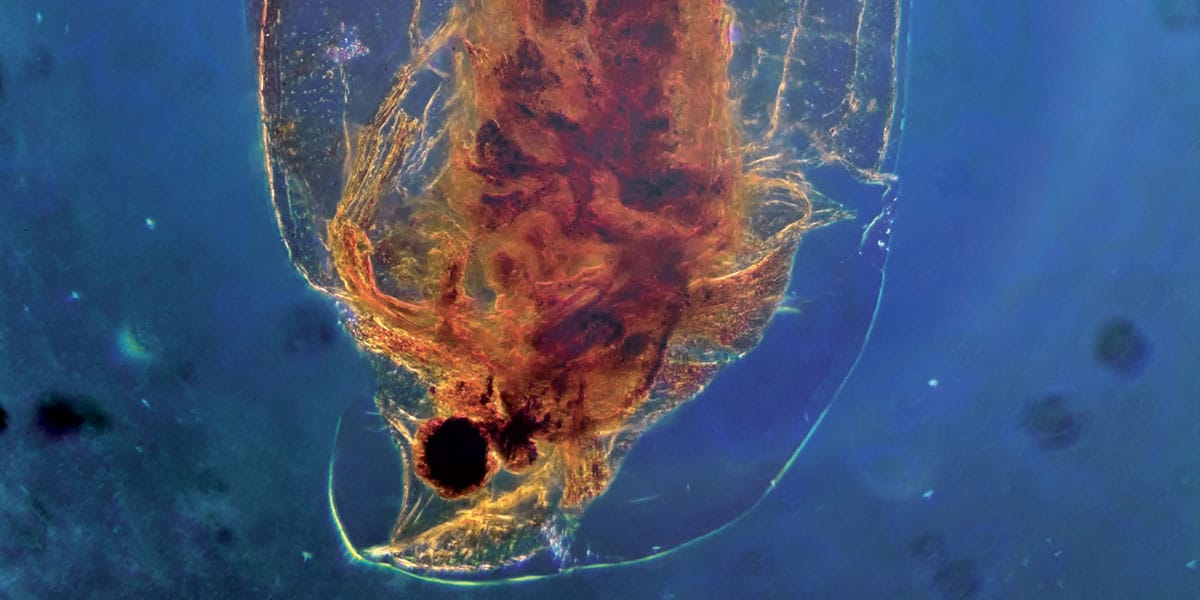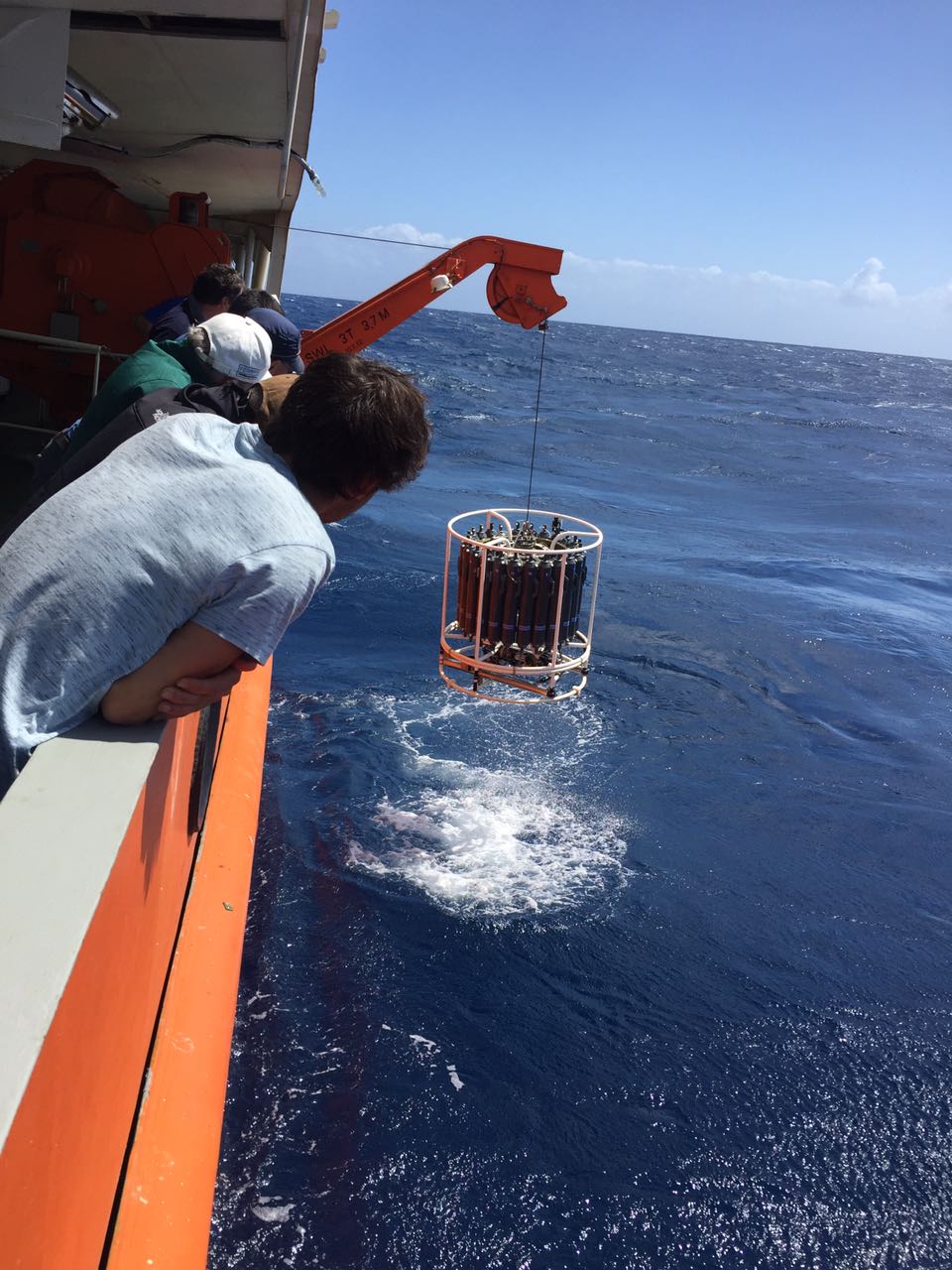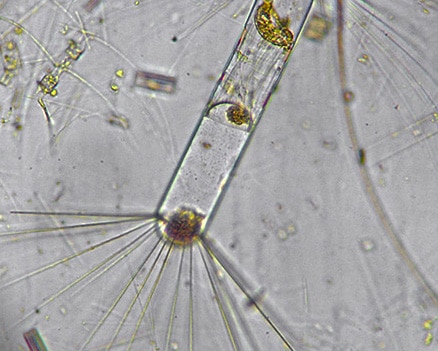


Brief description and intermediate results

The Southern Ocean is the region where Atlantic, Indian, and Pacific Ocean waters come together to encircle Antarctica. These southernmost waters are the most important of all oceanic regions for climate as they transport large quantities of heat and dissolved gases, such as the powerful greenhouse gas, carbon dioxide (CO2), around the planet. The Southern Ocean, with its unique open-ocean and Subantarctic island ecosystems, is also one of the regions most sensitive to global warming.
At the base of the ocean’s foodweb are the “phytoplankton”, microscopic, single-celled plants that inhabit the sunlit upper ocean (the “euphotic zone”) and are responsible for ~50% of photosynthesis on Earth. Phytoplankton require a supply of “nutrients” such as dissolved nitrogen, phosphorus, and iron in order to “fix” the atmospheric CO2 dissolved in surface waters into organic carbon. This organic matter is then available to support higher trophic levels such as the large mammals and birds living in Antarctic waters, as well as bacteria and “zooplankton” (the tiny animals such as krill that prey on phytoplankton). A portion of the organic matter sinks into the deep ocean where it remains stored for hundreds to thousands of years, effectively removing CO2 from the atmosphere. Because of the implications for atmospheric CO2, understanding the controls on organic carbon export in the Antarctic is a central goal of chemical and biological oceanography, and underpins our ACE project.

Nitrogen exists in the ocean in a number of different forms and is supplied to phytoplankton in different ways. For example, the deep ocean is filled with nitrate, which is delivered to the euphotic zone by the upward mixing of deep waters. Ammonium is produced within the euphotic zone during bacterial decomposition of organic matter or by zooplankton excretion. Organic nitrogen such as urea is generated by birds and seals inhabiting the Subantarctic islands, and washed into the open ocean by rain or ice-melt. Annually, the amount of phytoplankton growth that is fueled by nitrogen sources supplied from outside the euphotic zone is balanced by a flux of organic nitrogen (and carbon) into the deep ocean. The source and form of nitrogen consumed by phytoplankton is thus directly related to the capacity of an ecosystem to absorb atmospheric CO2.
The Southern Ocean phytoplankton community composition also affects the role that Antarctic ecosystems play in setting atmospheric CO2. The focus of our research is to understand how phytoplankton, bacterial, and zooplankton (“microbial”) community composition affects organic carbon export in the Antarctic, and how this changes with changing nitrogen source. We have collected samples that will allow us to evaluate the role that the Subantarctic islands play in supplying nitrogen to the open Antarctic and in driving carbon export. Using a combination of cutting-edge chemical, biological, and computation techniques, we aim to answer the following questions about the microbial community in the open Southern Ocean and the waters surrounding the islands: Who is there? What are they doing? Why are they doing it? What are the implications for Antarctic nitrogen cycling, Subantarctic ecosystem function, and atmospheric CO2 absorption, today and in a warming world?

Sarah E. Fawcett
Department of Oceanography, University of Cape Town, South Africa
A multi-disciplinary, multi-resolution approach to understanding nutrient cycling and microbial diversity in changing Subantarctic ecosystems
- Cape Peninsula University of Technology (South Africa)
- Department of Environmental Affairs (South Africa)
- Nelson Mandela Metropolitan University (South Africa)
- Princeton University (United States of America)
- Rhodes University (South Africa)
- South African Environmental Observation Network